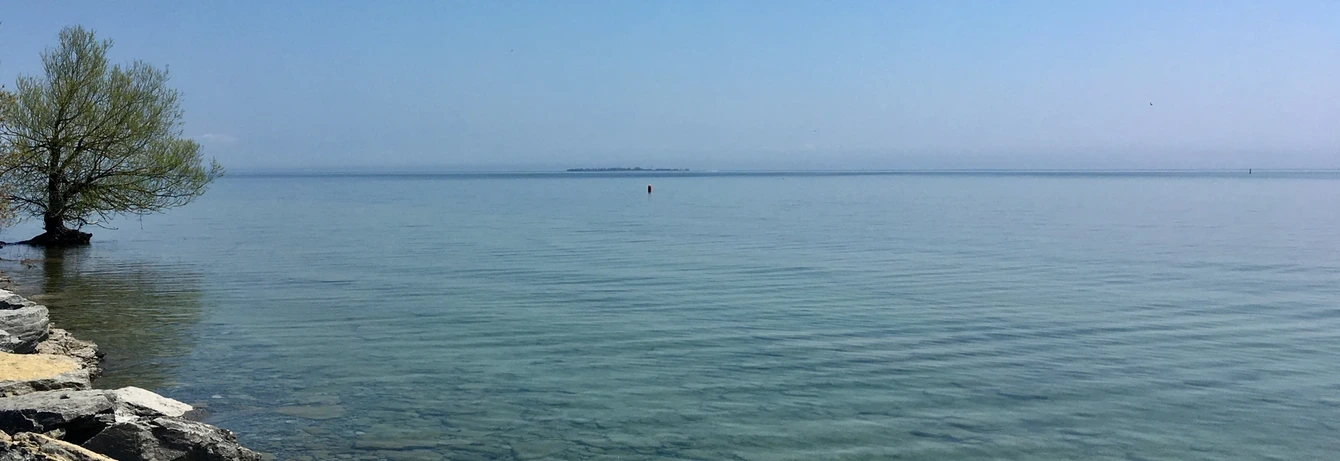Once in a while, and particularly this day of thunder and the first real rain in more than 7 weeks, I chose an easy book, one that doesn’t tax my spirit yet holds my interest. I read it almost in one sitting.
Carpenter sets this mystery in the fictional town of Saybrookmin Prince Edward County and uses recognizable sites and local family names to give the story a genuine ‘feel.’ The characters resemble folks you might run into on Picton’s Main Street, and the tension between those ‘from away’ and those born to the County provides a realistic undercurrent to a somewhat farfetched set of 4 murders, initially ruled suicides or accidents.
Some fine LOL moments and a few endearing characters add further enjoyment. For the escape it offers: 8/10
